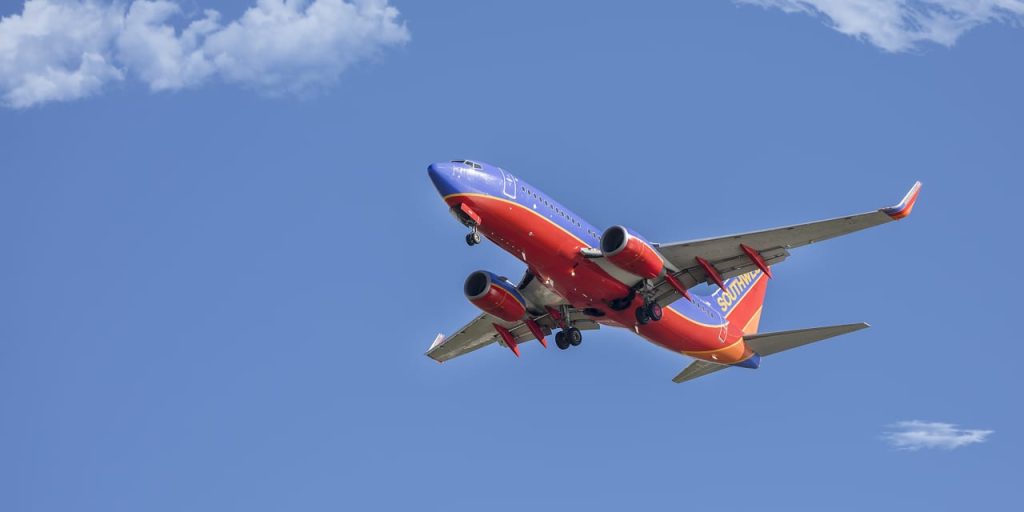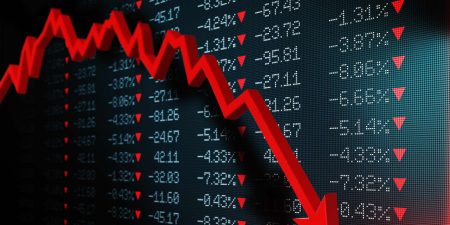Southwest Airlines
stock has tumbled in recent months but Wall Street only seems to be turning more bearish on the low-cost airline.
Melius Research analyst Conor Cunningham downgraded the shares to Sell from Hold and lowered his price target to $19 from $30 in a note late Monday. He said it was time for the airline to “reset and start to rebuild,” but warned that would bring about more near-term pain.
He said the carrier’s current plan to fully restore its network and grow capacity 7% in 2024—or as he put it “outgrow their issues”—wasn’t working and the company has some difficult decisions ahead.
Cunningham said Southwest likely viewed the Covid-19 pandemic as an opportunity to be aggressive, given it has typically gained market share in downturns. So the airline moved into new markets at the expense of its core markets. “But, with government aid, incumbent players had little reason to cede share like prior cycles,” he noted.
As a result, he said, 14% of Southwest’s markets are under development and diluting margins. On top of that, its unit costs are 21% higher than in 2019. Analysts surveyed by FactSet now expect the airline to report an earnings-per-share loss in the first quarter of 2024, its first loss in a year.
“There are two paths Southwest can take: 1) move forward with the current plan or 2) reset by slowing growth—both of which pose downside risk,” Cunningham wrote. However, he noted that Southwest has never had mass layoffs in its 56-year history and that a reset would require “hard decisions around network and head count.”
“Slowing growth would result in near-term pain as unit cost issues would be exacerbated but would allow for the potential of regaining pricing power and a level setting of what the company wants to look like in a post-Covid world,” he said.
The stock has had a tough year, falling 31% so far in 2023. It’s actually been a year of two halves—the shares climbed 17% from Jan. 1 to their July peak but have tumbled 41% since. The recent slump has come amid broader sector losses as cost pressures have mounted and the peak summer travel season has been replaced by a seasonally weak leisure demand period.
Wall Street is split on where the stock goes from here—23% rate the shares Buy, 23% say Sell, and the rest have a Hold rating, according to FactSet data. That’s the lowest Buy ratio the stock has had for at least 20 years. The average price target is $26.89, implying a 17% upside from Monday’s closing price.
TD Cowen analyst Helane Becker downgraded the shares to Market Perform from Outperform at the end of October, also noting its failure to take market share, as it historically has done in a downturn.
“This time it’s different: a lack of a premium product, too much capacity in business-focused markets, no significant international exposure, and high costs going higher have convinced investors the model is broken,” she said.
Southwest didn’t immediately respond to a request for comment.
Write to Callum Keown at [email protected]
Read the full article here















